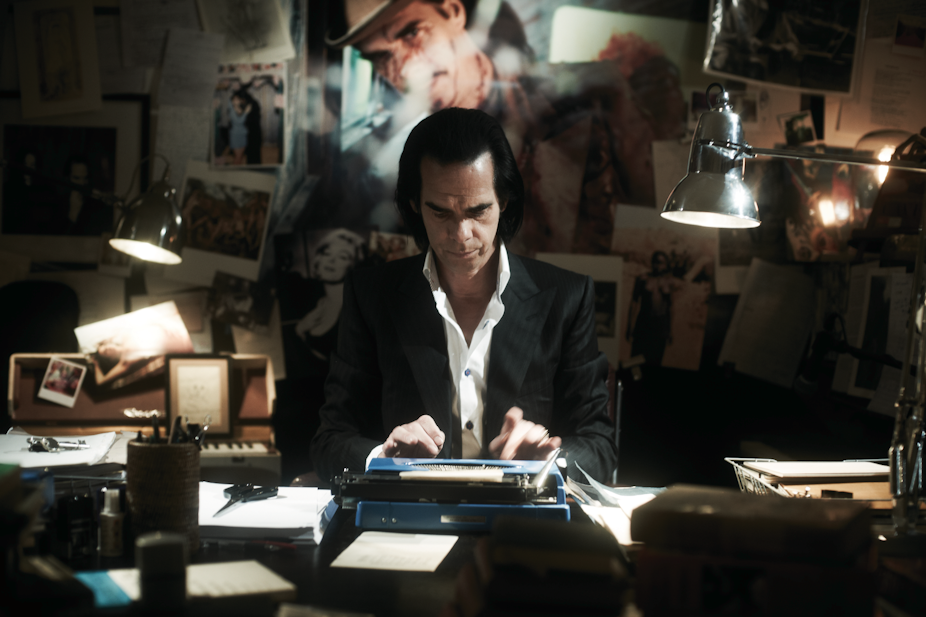The Sydney Film Festival (SFF) opened last night, kicking off not only one of the landmark cultural events of the city, but a program that draws films from almost 50 countries throughout the world. As a film obsessive, it’s one of my highlights of the year.
Established in 1954, it’s one of the world’s oldest surviving festivals, and genuinely international in its scope. In the hands of Nashen Moodley, festival director, it’s a vibrant, eclectic mix of genre and art-house fare. I’m excited to see in this year’s program a retrospective on the American maverick director, Robert Altman; I’ve never seen McCabe and Mrs Miller on the big screen.
The film choice for opening night is something of great anticipation: it’s obviously a strategic choice, with all that is to follow, the expectations of audiences, critics and industry personnel – all that the festival has to speak to in its myriad incarnations. What is the film that will speak to our national consciousness – to an Australian sense of identity – while still looking outward to the film world beyond?
In the past two years, the festival has opted for two solid genre films that were exceptionally well made, audience pleasing, and that depicted an Australia to a global film community.
This year Moodly has gone for something a little different, a little more experimental: a hybrid documentary/drama chronicling 20,000 days of life on the planet for Nick Cave, musician, poet, occasional Australian icon, occasional Australian iconoclast.
There are great films about musicians – Pennebaker’s Don’t Look Back (1967) springs to mind in its wonderfully strange portrait of a mercurial Bob Dylan; it’s greatness is in the revelation of Dylan’s inaccessibility.
20,000 Days on Earth shares something with Pennebaker’s vision. Cave is an artist chronicling “his time”: as a musician and cultural icon, as an Australian and ex-pat living in Brighton, UK.
Cave suggests more than once in the film that life is about memories; without a God, all you have is time. He fears the loss of memory, the loss of time to live, but also time to reflect.
Very few films about art and artists manage to be both revelatory and artistic. The directors – Iain Forsyth and Jane Pollard – have accomplished precisely this heady mix: the film is about Cave only insofar as it is about art, life, and how we come to know ourselves and the world.
It opens with a frenzied montage of Cave’s 20,000 days across a set of screens within a screen. It’s a kind of channel surfing to capture the entirety of a life; Cave’s memory as film montage.
How do you reduce a life of 20,000 days to a minute of cinema’s running time? You cut it to pieces and reassemble it with all the freedom and mania of an artist’s disposition. All of Cave is here in this frenzied stream of images: his early performances, his influences, the mythology surrounding the music and iconography of Nick Cave and the Bad Seeds.
The brilliance of the film as a whole is that it plays out this life in montage, as memories cobbled together. Cave’s “archive” – old photos, a long out-of date will (before he had any money!), bits and pieces of correspondence – bring his time vividly to life.
There are intimate, revealing discussions with Cave, his long-time musical collaborators, even Kylie Minogue.
Kylie is enchanting in the back seat of a car, candid about herself in a few minutes of screen time. How did the filmmakers get these people to be so forthcoming about private moments in ridiculously public lives?
The film concludes on a long shot of Cave standing at the water’s edge, the frame unstable through the lilting of a boat. This is Cave as an ephemeral artist and man, which is essentially where the film leaves us.
20,000 Days on Earth is an ambitious, powerful film about trying to capture the experience of time – Cave’s time and ours – through the only mediums we have for its expression: memory and art.
It bodes well for this year’s Sydney Film Festival.
The Sydney Film Festival runs until June 15.

